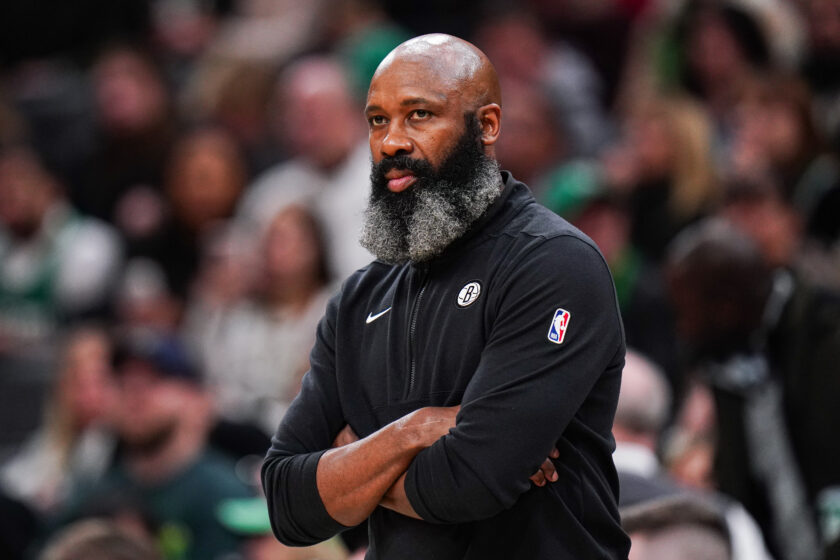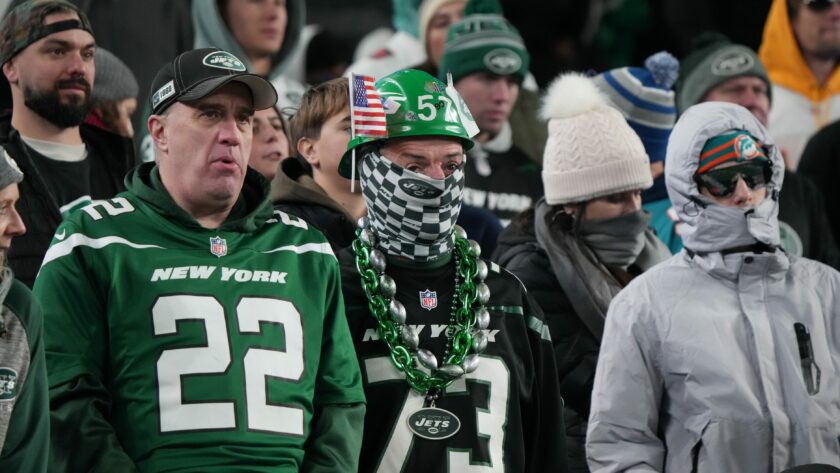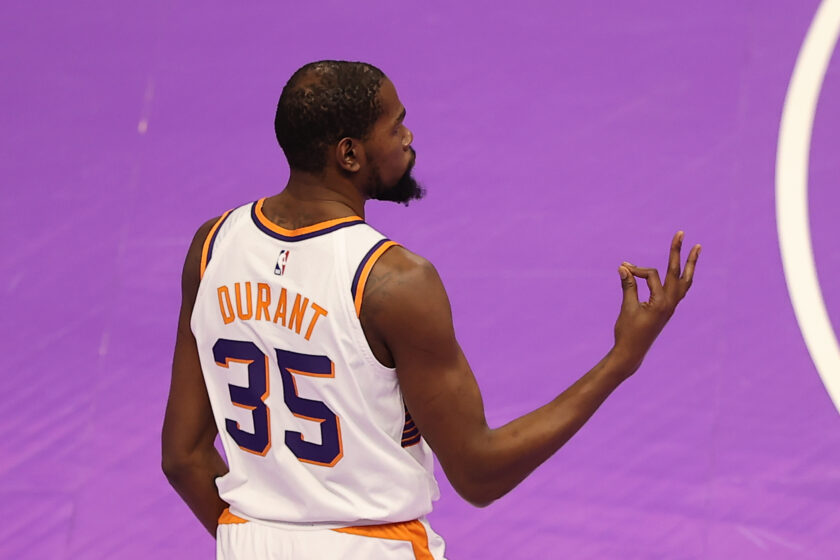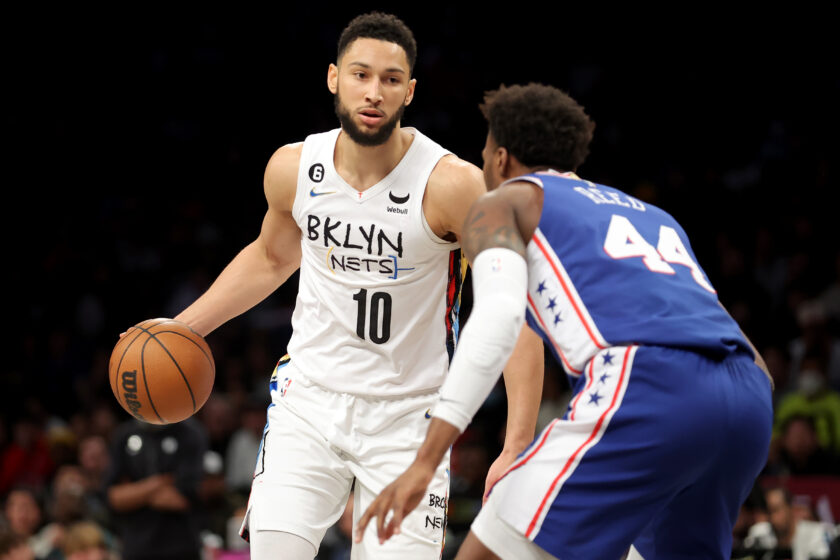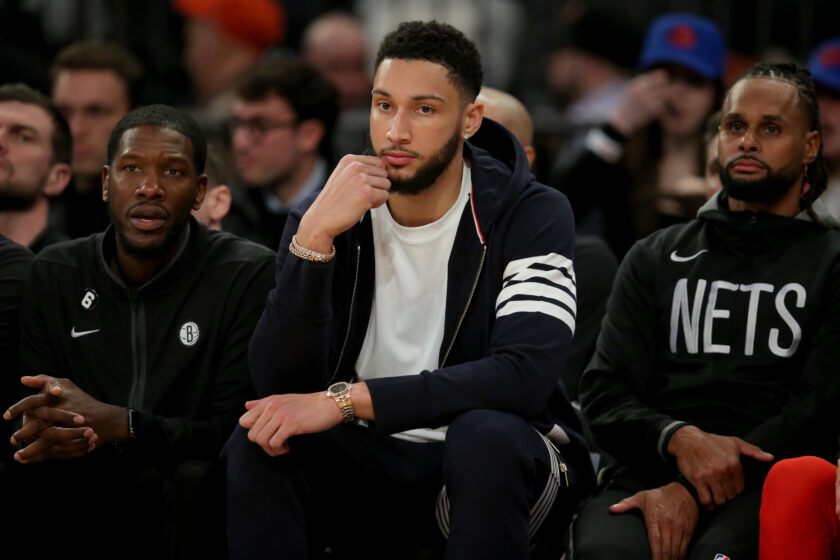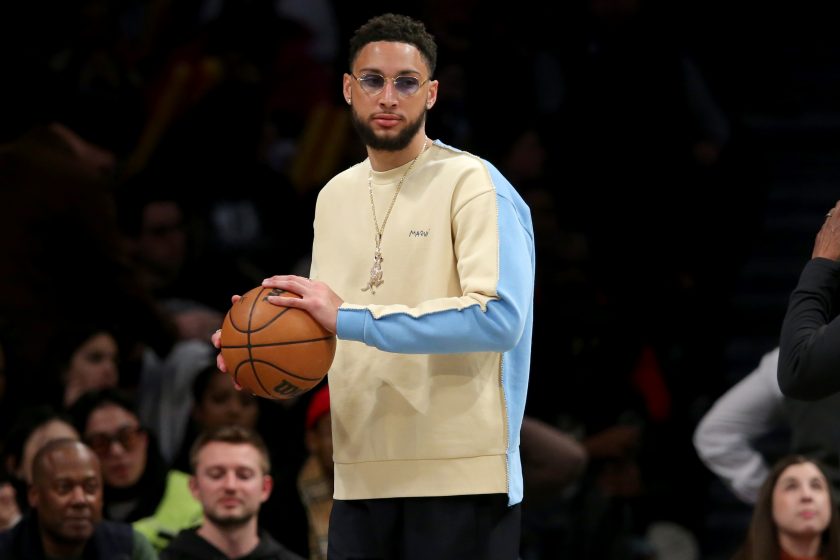Brooklyn Nets: Caris LeVert extension brings value, upside and flexibility
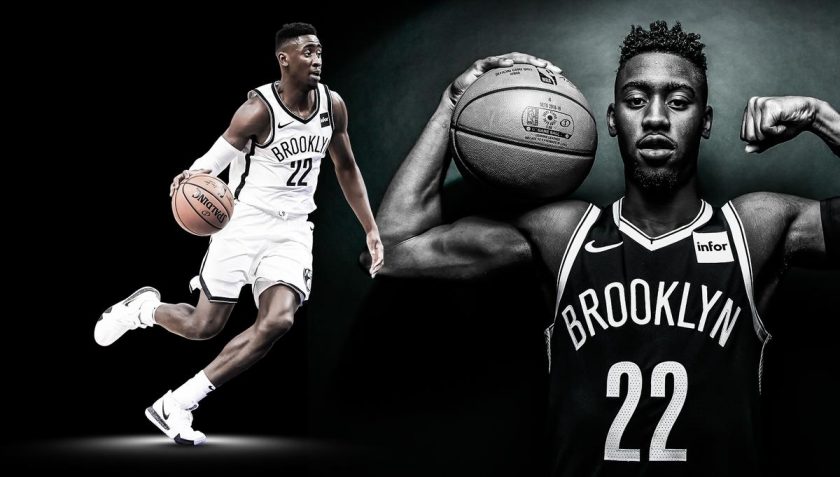
Extending stud Caris LeVert on a below-market deal is a victory for the Brooklyn Nets. Ensuring long-term flexibility is the icing on the cake.
[sc name=”Matt Brooks Banner” ]Sean Marks is doing his best Popeye impersonation this summer. The man can’t stop flexing his muscles.
After landing two of the summer’s top-3 free agents, Sean Marks is in the midst of a victory lap for the ages. On Monday, per ESPN‘s Adrian Wojnarowski, Caris LeVert — Brooklyn’s shooting guard with serious star potential — inked a 3-year, $52.5-million extension with the team that drafted him in 2016. To even the vilest anti-Marks folks, the contract is a steal that breathes Ocean’s 11-like cleverness.
LeVert now joins the growing line of Nets’ players who have elected to stay in Brooklyn on below-market deals. Joe Harris agreed to a 2-year, $16 million deal in July of 2018, and Spencer Dinwiddie accepted a 3-year, $34-million extension last December.
For Caris, a player who underwent three separate foot surgeries in college and has yet to play 72 games during a season, he simply took the money while it was on the table. We’ve seen many players incorrectly bet on themselves over the last couple of years (i.e. Isaiah Thomas or Nerlens Noel), so why take the risk?
This is more than just a formality for both sides. Caris LeVert’s deal is a win for the Brooklyn Nets no matter how you spin it.
Comparing Caris LeVert’s extension to the field.
Caris LeVert’s three-year deal averages to about $17.5 million per season. According to Sportrac.com, that average salary would make LeVert the 74th highest-paid player in the association, right alongside Dennis Schroder, Evan Turner, and Eric Bledsoe.
As we’ll discuss shortly, LeVert is a sharp prospect with serious All-Star potential, yet the only 2018-2019 players who garnered All-Star buzz on non-rookie scale contracts were Lou Williams (and his absurd $8 million per season), Josh Richardson ($10.5 million on average), and Marcus Morris ($15 million).
Given that Caris is four years younger than Mook and a full seven years younger than Lou, his deal presents more long-term value. (Richardson is an interesting discussion point. However, given LeVert’s pure scoring and higher ceiling, I think he has the slight edge).
In fact, on this same list, the next cheapest near-All-Star caliber player would be Zach LaVine (who earns $19.5 million on average), Myles Turner ($20 million), Aaron Gordon ($20 million), or even Julius Randle ($20.7 million).
The difference of $2.5 million may not seem like a lot, but that price tag certainly goes far — especially when each team’s cap number of around $109 million gets divided between 15 players. This could be the variable that affects taking a flyer on a guy like David Nwaba or even the difference-maker in affording someone like Ed Davis on the mid-level exception.
Brooklyn has now signed two superstars; they’ve added a young, All-Star capable talent well below his $20 million (per season) market value; plus, the Nets have a plethora of strong role players on disgustingly inexpensive deals. Oh, and we can’t forget Brooklyn’s everlasting batch of rookie-scale studs: Taurean Prince, Rodions Kurucs, Jarrett Allen, and quite possibly Nic Claxton.
You could argue that Brooklyn is hard-capped. But to this, I ask you: what’s the point of having cap space if you aren’t going to spend it smartly?
[sc name=”Nets Center”]Caris LeVert has plenty of opportunities to grow.
There are many things to keep an eye out for next season including Taurean Prince’s fit in the offense, Kyrie Irving‘s possible MVP season, and Kevin Durant‘s eventual return. But to me, the most interesting topic is Caris LeVert’s fit next to Kyrie Irving.
Last season, LeVert and former point guard D’Angelo Russell didn’t exactly work hand-in-hand; better yet, the two coexisted in the same isolation-heavy offense. While some of the blame falls on D-Lo’s slightly inefficient shoulders, I would argue that Caris is the one with more room for growth.
What makes Caris LeVert such an intriguing player is, oddly enough, the holes in his game. He’s by no means a lethal playmaker and his outside shot is borderline nonexistent. Even so, the guy was Brooklyn’s best player in a star-studded playoff series who went toe-to-toe with the likes of Jimmy Butler. To say that he has room to grow is, in fact, a major compliment. It shows just how much upside he has.
We’ll start with his three-point shooting since it’s the skillset that needs the most work. I’ve talked about this in multiple articles beforehand, but LeVert’s release is inconsistent. I’m no shot doctor, but there are clear differences between his makes and misses.

Above is a video of LeVert missing completely air-balling a transition three against the Philadelphia 76ers. Not to sound like Professor X (mind-reading isn’t a requirement of my job description, sadly), but I have a feeling that gobs and gobs of adrenaline played a part in this disappointing result.
You’ll notice how Caris almost flicks the ball off his wrists to avoid Jimmy Butler’s incoming defense. Now, compare the video above to one of Caris’ gorgeous makes from that same game.

That’s a great deal of variance between two fairly similar shots. On a fundamental level, LeVert is much more deliberate when setting up his shot. Before launching, he brings his elbows in and orients his release point towards the basket.
His follow-through is where things really diverge. I’d suggest opening this video in a new window and slowing the speed to 50% to get a clearer picture. In the video of the missed shot, LeVert jumps straight-up-and-down and hurls a glass shattering whiff. In the second video, you can clearly see him sway his feet in rhythm with his follow-through. By relying upon his legs more, he’s mediating his bad habit of using too much wrist when shooting.
I recently wrote a lengthy article on Caris’ growth as a playmaker, and to summarize, I think he’s got a chance to be among Brooklyn’s best during the upcoming years. As mentioned in the article, he’s already exhibited some nifty pick-and-roll chemistry with rim running centers; which, by the way, the Nets are stacked full of (looking at you, Jarrett Allen and DeAndre Jordan).
Caris can improve his passing in a plethora of ways. As mentioned in the article, he can become comfortable with kick-out passes to the corners (aka the James Harden assist). LeVert can also work to become a willing passer while running full-speed in transition.
For this specific version of the Brooklyn Nets, there’s ample opportunity to feed cutters. Rodions Kurucs made waves across the Nets’ community for his knack for baseline cuts, but there are other players on this roster who can create off movement. Garrett Temple (64th percentile as a cutter), Taurean Prince (96th percentile), and Joe Harris (79th percentile) will create looks with their willingness to fight stagnation on offense.
Replacing D’Angelo Russell’s flair for finding those cutters will be tough, if not impossible. But if Caris LeVert can think a step ahead and recognize off-ball action before it actually occurs, then it’s a step in the right direction.
As a defender, he’s got a ton of upside. His man-to-man coverage is exceptional, he’s got a nose for errant passes, and he’s even flexed his muscles as a credible off-ball irritant:

With all of that said, Brooklyn’s defensive rating barely moved with Caris on the floor. In fact, Brooklyn’s team defense improved ever so slightly from 108.7 to 108.2 when he sat, which was the difference between Detroit’s 12th-ranked defense and Denver’s 10th-best D.
These iffy numbers likely stem from a lack of system comfortably. Given that he’s missed so much time during his career, it’s been tough for LeVert to fully implement himself into Kenny’s defensive schemes — especially within a system that toggles between zone and basic man-to-man coverage in flash. With more reps, he has the tools to become one of Brooklyn’s elite defensive players.
As it stands, LeVert is a crafty young player with elite footwork. This nifty skillset should allow him to mirror his excellent postseason one-on-one statistics (1.12 points per possession; 90th percentile isolation scoring) over the course of a full season. The man is also capital C clutch: he canned two game-winners last season and shot 48.3% in crunch time. Best of all, he’s an unfinished product and has room to grow.
Isn’t that what you’re looking for when dishing big-time deals to young players? Defined skills and promise?
The Brooklyn Nets still have plenty of flexibility going forward.
Let me start out by saying: I love this current cast of Brooklyn Nets. This still-youthful rotation features plenty of guys with distinguished yet congruous skillsets. But there is a world in which things don’t go to plan. Perhaps Caris’ health takes a turn for the worst. Or maybe Brooklyn features too many chefs in the kitchen. For all we know, another star player could suddenly become available, and Brooklyn could have the opportunity to build a Big 3.
If any of these events occur, then the Nets have an “out” of sorts. Dinwiddie, LeVert, and Harris are all on enticing below-market deals. Kurucs, Allen, and Prince are bound to tasty rookie salaries. Even some of Brooklyn’s veterans (see: Garrett Temple) are enticing, cheap options in the eyes of teams looking for stable personalities.
Assuming that Bradley Beal finally forces his way out of Washington, a package of Caris, Jarrett Allen, Rodions Kurucs, Dzanan Musa and salary filler could possibly get the deal done. Perhaps Karl-Anthony Towns decides he has HAD IT with the Minnesota Timberwolves and begins organizing the earliest pre-agency coup to date.
Or maybe even a candidate from left field emerges — shoot, I don’t know, Victor Oladipo for example. Stars seemingly exhibit frustrations with their organizations on short notice, so there’s no telling who’s next up.
Regardless, the Brooklyn Nets are set up for whatever the future has in store. To some, locking down Caris LeVert to a multi-year extension exasperates Brooklyn’s cap.
But to me, it seems like Sean Marks has more flexibility than ever.
Unless stated otherwise, all stats courtesy of NBA.com. Be sure to follow Matt on TWITTER.
[sc name=”Nets Link Next” link=”https://elitesportsny.com/2019/08/27/brooklyn-nets-kevin-durant-future-explained-by-12-minutes-of-nba-finals/” text=”Kevin Durant’s Future Explained By 12 Minutes Of The NBA Finals” ]An NBA fanatic who specializes in the advanced analytics of the game. I cover the Brooklyn Nets here in the city. Follow me on Twitter for semi-witty basketball tweets. @MattBrooksNBA

